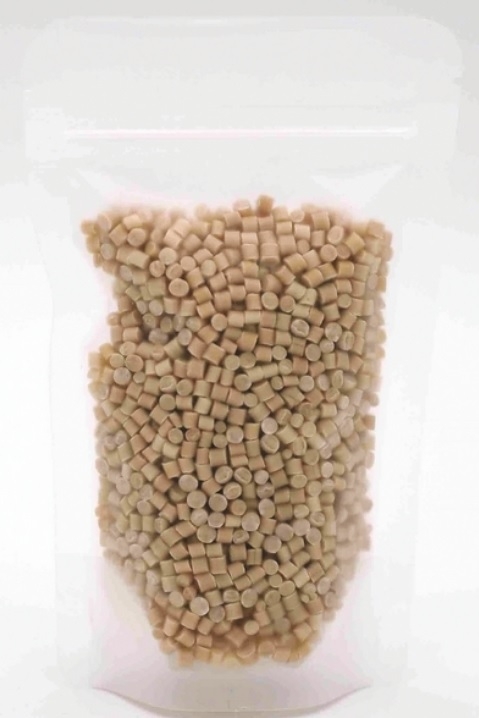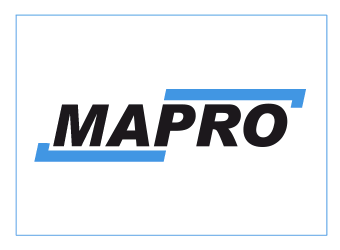Bioplastics: Promising but pricey
One of the bio-based plastics that have attracted major interest in recent years is PHA. Produced by bacteria, PHA is not just one, but a family of naturally occurring biopolyesters with the potential to replace a host of conventional, fossil-based resins.
Polyhydroxyalkanoates are a family of bio-based plastics that would seem to have everything going for them: renewably sourced, biocompatible, biodegradable and produced using carbon sources ranging from methane to sewage, although the fermentation performance by the bacteria differs according to feedstock.
Importantly, unlike most plastics, bio-based or otherwise, certain PHAs will also degrade in the oceans — a property that has generated growing enthusiasm for their use, in the light of the discussions about marine plastics.
The properties of these materials — they can be thermoplastic or elastomeric — are highly tuneable: PHAs can be engineered to meet the performance requirements of a wide range of applications currently using fossil fuel-based polyethylene, polypropylene, polystyrene, PET, PVC or thermoplastic polyurethane.
Stored energy source
PHAs are synthesised by many microorganisms when in harsh conditions and in distress, as a reserve source of carbon and energy. The most common PHA, first described by French scientist Maurice Lemoigne in 1925, is poly(3-hydroxybutyrate), or P3HB. Since then, many different fermentation strategies and downstream methods have been explored in a bid to establish its efficient production.
 | |
| PHA material produced by Biopla. |
Their potential for replacing fossil-based plastics has long been recognised, with initial efforts to commercialise these materials dating back to the 1980s. The problem, as is often the case with bio-based plastics, was cost. PHA could not, and still struggles to, compete with the bulk production of petrochemical plastics.
As biopolymers consultant Jan Ravenstijn pointed out last year in a presentation on the PHA platform, the market price of PHA tends to be three to four times the price of the products they are intended to replace. The simple fact that PHAs are renewably sourced and biodegradable will not create demand and "you cannot ignore the law of polymer marketing," Ravenstijn said.
"Always, price and quality come first and only when PHA fulfils the price/quality requirements of the market will customers be willing to buy it. Only then will the fact that it is biodegradable become a powerful, additional sales argument," he said.
Processability and commercialisation
Price aside, Ravenstijn also mentioned a few other issues that PHA materials need to address. For example, PHAs generally have a low nucleation density and therefore slow crystallisation rates, which makes them less suitable for injection moulding, as this leads to long production cycle times.
Ravenstijn further noted that in his experience, it takes a good 20 years or more and upward of $1 billion for a new polymer to become a commercial success. Starting from scratch with a new polymer and going through the stages of development, customer acceptance and production at industrial scale is one of the hardest things to do, he said.
 | |
| Yarn spun from PHA made by Mango Materials |
Need for value chain alliances
Right now, the PHA market, as such, is only gradually starting to take shape due to the efforts of the players in this market. Aiming to reduce production costs, major investments have been funneled into the development of efficient bacterial strains, fermentation and recovery processes.
While successes have been announced at lab and pilot scale, the step toward industrialisation and commercialisation continues to be difficult. Prominent exceptions are Bologna, Italy's Bio-on SpA, Danimer Scientific, headquartered in Bainbridge, Ga., and Irvine, Calif.-based Newlight Technologies. The latter spent 10 years trying to get the cost of production down, according to co-founder and CEO Mark Herrema. The company developed a proprietary biocatalyst to convert air and greenhouse gases, such as methane and carbon dioxide, into PHA-based plastics at very high yield at scale. The breakthrough came when it discovered there was a control switch that deactivated the catalyst. By turning it off, the company could achieve a 500% increase in yield performance compared to before.
For the first time, here was a process that could outcompete oil-based commodity plastics on price, performance and sustainability. Newlight Technologies has gone on to partner with brand owners — Ikea is one, the Body Shop is another — in the market to accelerate market growth, a strategy that has been adopted by various other PHA producers as well, Ravenstijn said.
"Building strong alliances in the value chain is the only way to bring a new polymer family onto the market," he emphasised.
Gaining ground
The PHA platform boasts a wide variety of polymers that can also all be co-polymerised and blended, which means that the design space of this material class is very large, as Cambridge, England-based product development consultancy Cambridge Consultants noted in a recent white paper.
 | |
| The Dutch PHARIO project partnered with Pezy Group to produce a PHA business card holder. |
PHAs are slowly starting to penetrate various fields, among which packaging, medical and coating materials, and finding application in nonwovens, polymer films, sutures and pharmaceutical products, as well as low-value, high-volume products such as compost bin liners. Yet, as long as the value chain remains ignorant about just what the PHA platform is, progress will continue to be slow.
Moreover, the general knowledge and expertise in the industry needed to compound and process PHA materials is also still very limited. The authors of the Cambridge Consultants white paper echo Jan Ravenstijn's comments about the difficulties in processing these materials, writing that the nontrivial process development required for manufacturing with PHAs limits current outsourcing to contract manufacturers who have already developed a process for PHA manufacture.
Yet, as Cambridge Consultants point out, PHAs are materials that just may be worth the extra effort, emphasising: "Although manufacture with PHAs currently presents a significant process development overhead for what still seems like a very niche market, interest is continuing to grow and the rewards for early adopters could well be significant."
- autor:
- PNE



















